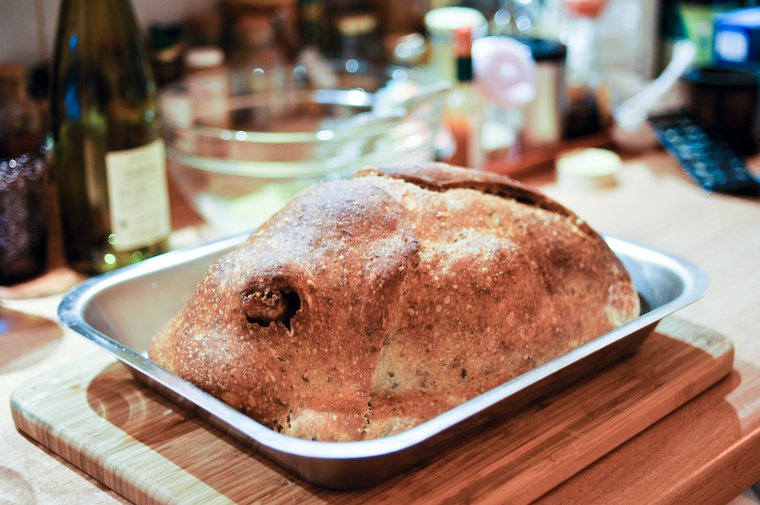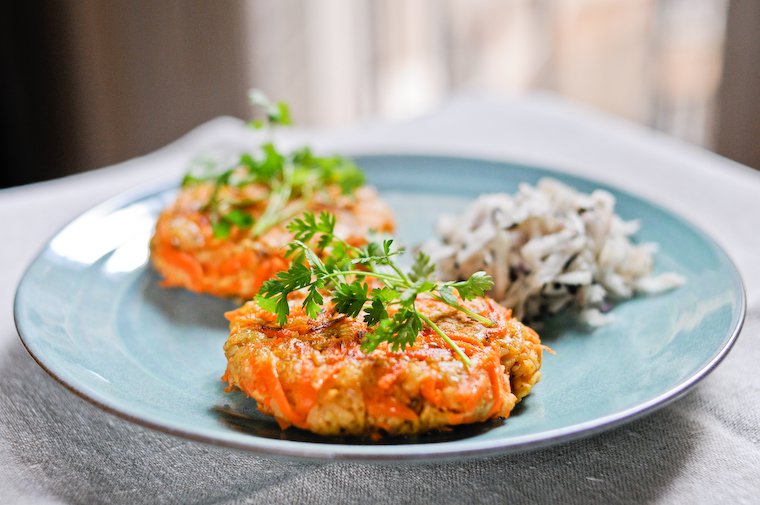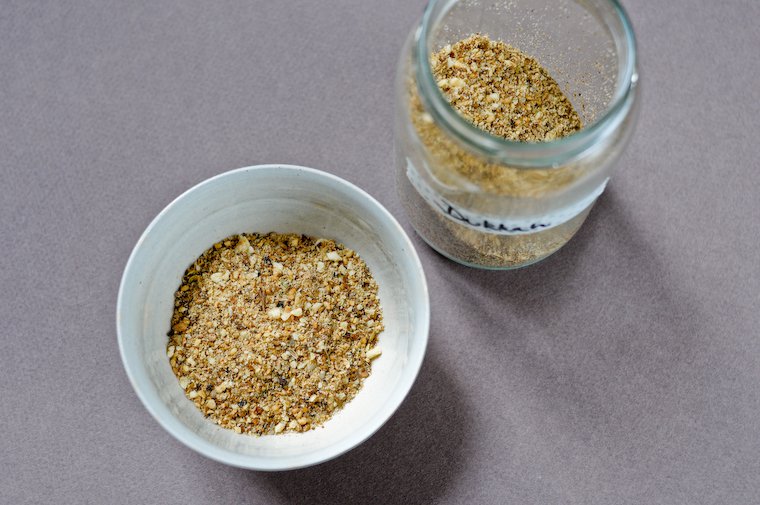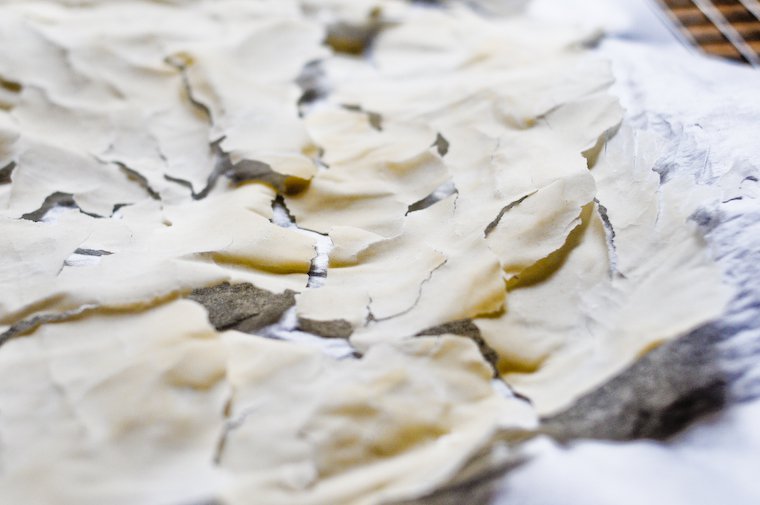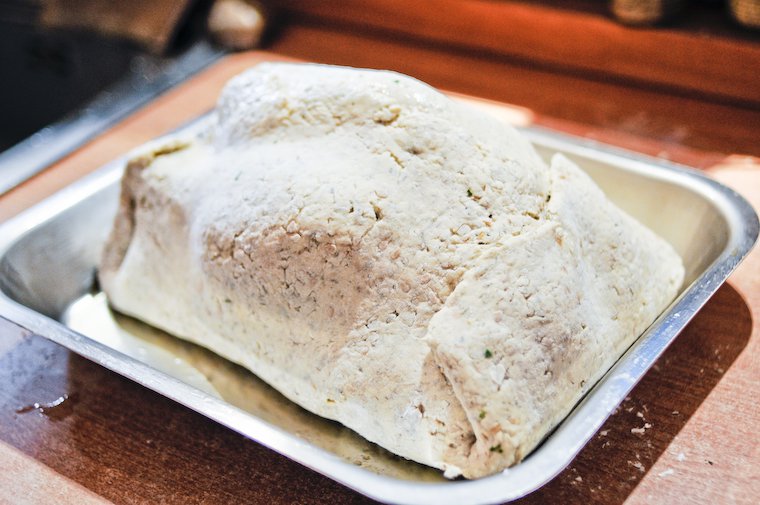The idea for this chicken in a bread crust came to me when I attended the Omnivore Food Festival in Deauville last week, a three-day event during which chefs from France and way beyond hop on stage and do live demos. This was the sixth edition and I’ve only missed one since it started, but this year was extra special for me because I’d been asked to host the pastry chefs’ demos in the sucré auditorium.
I had a blast meeting such talented individuals, from Bubo‘s Carles Mampel to Noma‘s Rosio Sanchez by way of the Ritz‘s Sébastien Serveau, and accompanying them through their demo so the audience got the most out of it.
One of the (many) perks of this job was that I got to hang out backstage in the salé auditorium when I didn’t have demos to present myself. And this is where I was when Sven Chartier, the young chef behind the Paris restaurant Saturne, started his presentation.
The chef was showing something he called la poulette des amis, a young hen from the Sarthe that he had cooked in a bread crust, nestled in Christophe Vasseur’s now-legendary Bread of Friends.
I was chatting with friends while keeping an eye on the monitor, and saw that Chartier was showing something he called la poulette des amis, a young hen from the Sarthe that he had cooked in a bread crust, nestled in Christophe Vasseur‘s now-legendary pain des amis (bread of friends).
Chartier sliced the dark-brown crust open to reveal the chicken inside, and immediately two thoughts popped in my head: 1- chicken in a bread crust is like salt-crusted chicken, only 100% edible, and 2- someone’s got to get that chicken-juiced crust back in here.
That someone was me (I am nothing if not determined, so I walked out on stage after the demo and asked Chartier’s commis if there was a chance he might donate the crust in the name of culinary research) and our lucky little group happily tore samples from it.
I returned home with the idea of this chicken in a bread crust firmly lodged in the lobe of my brain I allocate to such vital matters. We happened to have friends over for dinner a few nights later, and the menu planning took a nanosecond: I was going to cook a bread-crusted chicken of my own, using a sourdough crust I’d make with my trusted starter Philémon (you guys have met, right?).
The overall method I used was merged from the ones I’ve already described for salt-crusted chicken (including the subcutaneous parsley) and pain au levain (with the addition of dried herbs for flavor). I found that the bread dough was easier to work with than the salt crust dough, because it is more elastic and therefore more docile.
I baked the chicken in a bread crust for an hour and a half, and the crust was nicely browned, but not too dark, when I sliced it open for carving. The skin of the chicken was less golden than with the salt crust, which I suspect is more porous, but plenty of juices had collected inside, and the chicken was just as moist and flavorful.
The very bottom of the bread crust, right where the chicken was sitting, wasn’t crisp enough for serving, but I cut the rest of the bread into big chunks to eat with the chicken, a wonderful treat that the salt crust method can’t quite compete with. And over the next couple of days, the leftovers of that crust were reheated in the oven and served with a grated carrot salad, and then alongside the stock I made with the chicken carcass.
